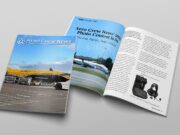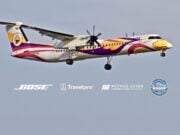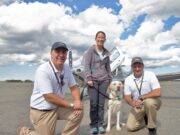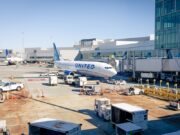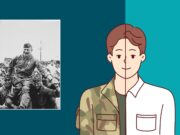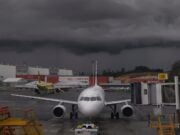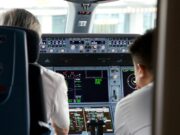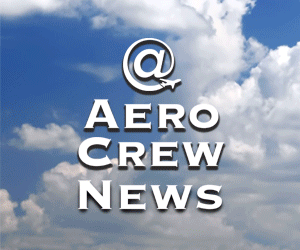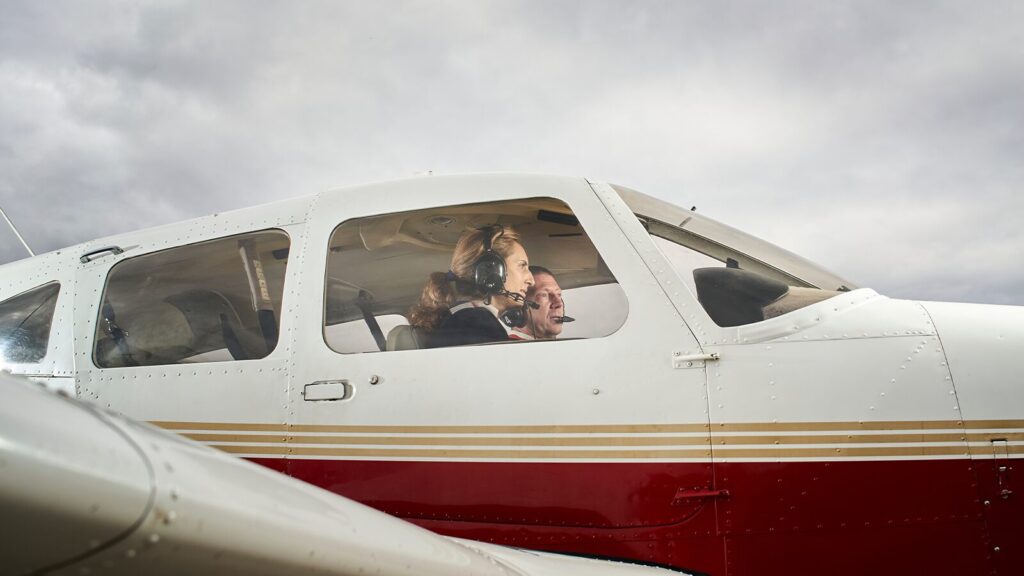
When I started teaching professionally, a senior instructor at my company told me quite frankly, that my job was not just to teach; I was also managing multiple customer accounts worth tens of thousands of dollars and was responsible for maintaining and growing them throughout my time teaching.
Well and truly, instructing is not simply about teaching people how to fly. There is also a critical component of ensuring students are on track to meet their goals on time without either under selling them – sending students to solos or checkrides when they aren’t ready – or dragging them along into endless frustration.
Included in that process is a series of complicated decisions critical to the continued success of my students. Oftentimes, decisions are easy – no matter when the test or first solo are scheduled, we still need to adhere to safe, comfortable clearance from weather, so launching into a storm isn’t the best decision.
Sometimes, it’s more complicated than that. Scheduling checkrides, for example, is a particular challenge in central Florida this year due to a limited availability of examiners. When an exam date pops up, what is the best way to ensure a student’s success without being too cautious?
A number of factors go into such a decision. I need to consider a student’s aptitude, strengths, and history in training as well as their goals in aviation, their broader training timeline, and the examiner they will fly with.
Part of making this decision is my ability to trust myself as an instructor – both in my ability to teach and my ability to judge students throughout their training. Of particular importance has been my experience sending other students to checkrides and comparing their performance before the test to assess other students’ preparedness.
I have been lucky to have other instructors whom I can trust to help me with the decision of whether and when to send new applicants to exams. Having outside opinions is helpful for me to back up my own decision and learn which factors to prioritize most. I can learn how to better make decisions and grow for future students down the line.
Ultimately though, it is really difficult to pin down what exactly is the right or best decision for a given situation. Some students are definitely ready, while some aren’t, but oftentimes the nuances of various situations means we need to make the best decision we have within a given set of circumstances. Often, whether that is the “right” decision is determined by its outcome, and deciding the best decision preemptively is a challenge. Instead, use your knowledge and experience to guide the best possible decision. No matter the outcome, the experience will prove a growth opportunity for difficult decisions in the future.
This applies not only for instructors but for pilots more broadly. What is the best decision to make to ensure the safe outcome of a given flight? How does your experience as a pilot guide that decision-making, and how can the result of your decision-making inform decisions in the future? That, of course, does not mean to be reckless with decisions just to learn from whatever the outcome. It does mean, though, that we can learn from our decisions to refine our skills, planning, and decisions in the future.
Hard decisions do not get easier by picking one option over another, and the decisions we make may or may not go as planned. However, we can still learn from whatever happens. Thus, short of anything careless or reckless, the best decision is the one made; it’s the decision that gives you the most concrete representation of how your decision-making plays out in the real world. No matter which choice you make, be open to feedback and change, and take the results with you to inform future choices.






